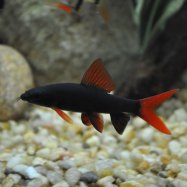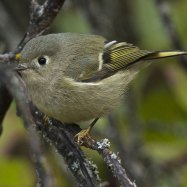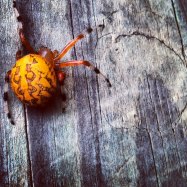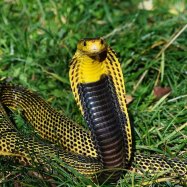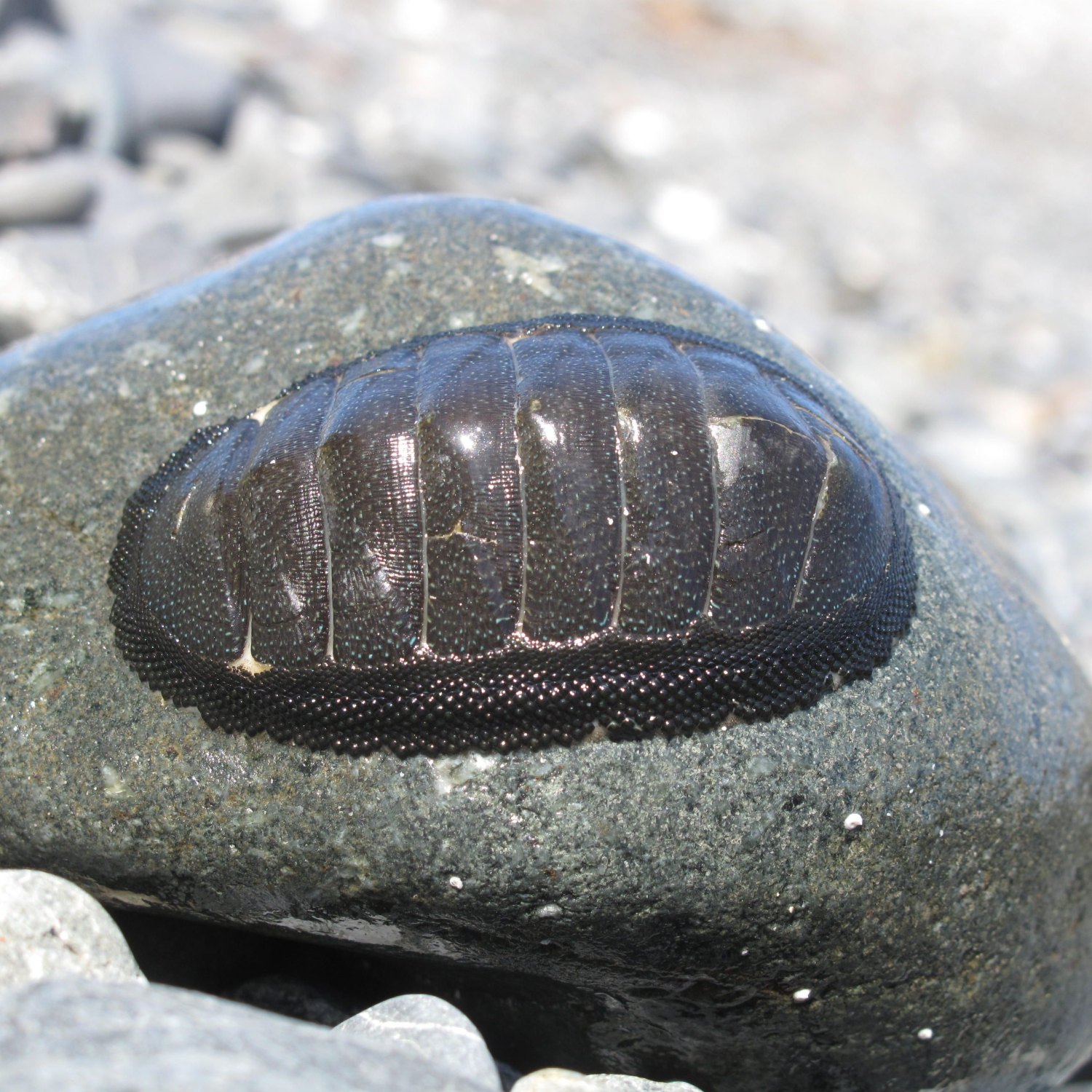
Chiton
Up to 30 cm
Meet the chiton – a unique animal found in coastal regions and intertidal zones. With a flattened, oval-shaped body and reaching up to 30 cm in length, these creatures belong to the Chitonidae family. They are nicknamed coat-of-mail due to their protective shells made of overlapping plates. Keep an eye out for these small but interesting animals on your next seaside adventure! #Chiton #CoastalCreatures #IntertidalIntrigue
Animal Details Summary:
Common Name: Chiton
Kingdom: Animalia
Habitat: Marine
The Remarkable Chiton: An Extraordinary Creature of the Marine World
When it comes to the vast and fascinating world of marine creatures, few are as intriguing as the Chiton. This remarkable animal belongs to the Phylum Mollusca, along with other fascinating creatures like octopuses, clams, and snails. It is a member of the class Polyplacophora, which refers to its unique feature of having multiple shell plates on its body.Chitons are undoubtedly one of the most distinctive creatures in the marine world, with their flattened, oval-shaped bodies and multiple scales or shell plates Chiton. These unique features have earned them various nicknames, including "coat of mail shell" and "butterfly of the sea." In this article, we will unravel the fascinating facts about the Chiton, from its taxonomy to its distribution, feeding habits, and more.
Taxonomy of the Chiton
Scientifically known as Chiton, this animal belongs to the Animalia kingdom, as it is a multi-cellular organism that can move and interact with its environment. Its phylum, Mollusca, means "soft" in Latin, and refers to the soft-bodied nature of these creatures. Within the phylum, the Chiton falls under the class Polyplacophora, which is specific to animals with a flattened body and several shell plates.Under the class Polyplacophora, the Chiton is further classified as a member of the order Chitonida. This order includes several species of Chitons, all with similar features and habits. The Chitonida family also has the same name as the order and consists of various genera, including the Ischnochiton, Cryptochiton, and Placiphorella, just to name a few.
Habitat and Distribution of the Chiton
Chitons are truly global creatures, with a widespread distribution across the world's seas and oceans Click Beetle. They can be found in a range of marine environments, including rocky shores, coral reefs, and intertidal zones. As they are most commonly found near the coast, they are also referred to as shoreline or coastal creatures.In their natural habitat, Chitons often cling to rocks or other hard surfaces, using their strong muscular foot to move around and hold on to their spot. Unlike other marine creatures, Chitons cannot swim, and they rely on the body's wave-like movement to move from one spot to another.
Unique Feeding Habits of the Chiton
One of the most interesting facts about the Chiton is its feeding method. Unlike many other marine creatures that prey on smaller animals, Chitons are herbivorous, meaning they feed on plants and algae. They are often referred to as grazers, as they use their radula (a tongue-like, toothed structure) to scrape off algae and plants from rocks or other surfaces.This feeding habit has earned them a vital role in marine ecosystems. They are considered "ecosystem engineers," as their grazing helps maintain the balance of algae and plants in their environment. As they cling onto rocks and hard surfaces, they also serve as a food source for other creatures, such as starfish and crabs.
Coloration and Body Shape
Chitons are certainly not known for their striking coloration. In fact, their shells are often described as dull and unremarkable, with colors ranging from brown, olive, and grey. However, their coloration serves as a form of camouflage, blending in with the rocks and seaweed in their habitat.As for their body shape, Chitons are flattened and oval-shaped, with an armored shell covering their bodies. This shell is made up of eight distinct plated, overlapping scales, giving them the appearance of a coat of mail or armor. The shell provides them with protection from predators, as well as stability in their environment.
Size and Appearance
The size of a Chiton can vary depending on the species, but most of them can range from 3 to 30 cm in length. Some species can even grow up to 50 cm in length. As mentioned earlier, their bodies are covered in a series of shell plates, each with a specific name and function. The head plate, for example, is called the cephalic plate, while the tail plate is called the anal plate.Chitons also have a muscular foot, which they use for movement and clinging onto surfaces. They also have a primitive eye at the front of their body, which helps them detect light and dark. However, their vision is limited, and they primarily rely on their sense of touch and chemical receptors to navigate their surroundings.
Insight into the Chiton's Behavior
Despite having a simple body structure, Chitons have some unique behaviors that are worth mentioning. One of the most interesting is their ability to roll up into a tight ball when threatened. This posture protects their softer side and exposes their armored shell, making it difficult for predators to attack them.Another interesting behavior of Chitons is their reproductive process. Most species are hermaphrodites, meaning they have both male and female reproductive organs. They reproduce by releasing their eggs and sperm into the water for fertilization. Once the eggs hatch, tiny larvae called veligers emerge, and they eventually settle onto surfaces and develop into adult Chitons.
The Future of the Chiton
While Chitons may seem small and insignificant in comparison to other marine creatures, they play a crucial role in maintaining the balance of their ecosystems. However, like many other marine creatures, Chitons face threats such as pollution, habitat destruction, and overfishing. These factors can affect their population and ultimately disrupt the delicate balance of marine life.As responsible stewards of the planet, it is up to us to take action and protect these remarkable creatures and their habitats. By raising awareness and taking steps to preserve marine environments, we can ensure that future generations will also have the opportunity to marvel at the unique and intriguing Chiton.
In conclusion, the Chiton is undoubtedly one of the most remarkable creatures in the marine world. From its taxonomy to its unique features, behaviors, and vital role in marine ecosystems, there is certainly much to learn and appreciate about this creature. Next time you visit a rocky coastline or coral reef, take a moment to look out for these extraordinary creatures, and you may just catch a glimpse of this fascinating "coat of mail shell" in action.

Chiton
Animal Details Chiton - Scientific Name: Chiton
- Category: Animals C
- Scientific Name: Chiton
- Common Name: Chiton
- Kingdom: Animalia
- Phylum: Mollusca
- Class: Polyplacophora
- Order: Chitonida
- Family: Chitonidae
- Habitat: Marine
- Feeding Method: Herbivorous
- Geographical Distribution: Worldwide
- Country of Origin: N/A
- Location: Coastal regions, intertidal zones
- Animal Coloration: Variable, often dull colors
- Body Shape: Flattened, oval-shaped
- Length: Up to 30 cm
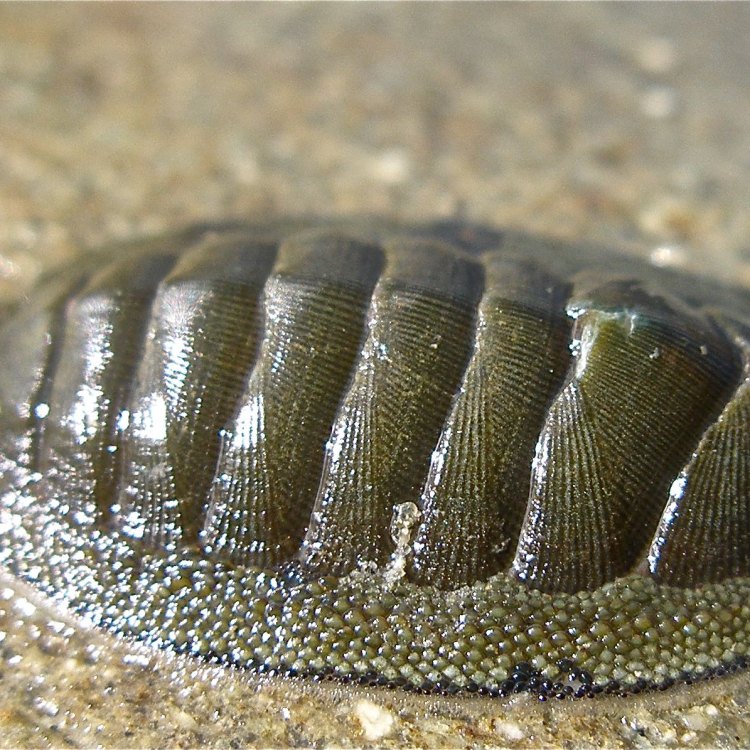
Chiton
- Adult Size: varies by species
- Average Lifespan: Up to 10 years
- Reproduction: Sexual
- Reproductive Behavior: External fertilization
- Sound or Call: No sound production
- Migration Pattern: Some species migrate vertically in intertidal zones
- Social Groups: Solitary
- Behavior: Nocturnal, hide in crevices during the day
- Threats: Predation, habitat destruction, pollution
- Conservation Status: Not evaluated
- Impact on Ecosystem: Important herbivores in rocky intertidal ecosystems
- Human Use: Collected for their shells
- Distinctive Features: Shell divided into 8 overlapping plates
- Interesting Facts: Chitons have a unique shell structure that allows flexibility and protection
- Predator: Sea stars, crabs, birds
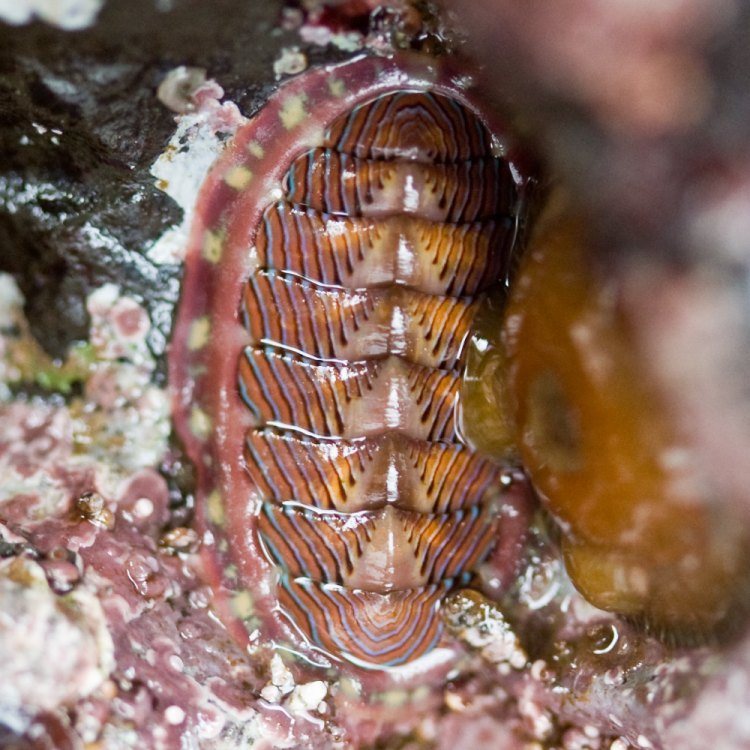
Chiton
Exploring the Fascinating World of Chitons: Nature's Armored Mollusk
In the vast and diverse marine world, there are countless fascinating creatures that inhabit our oceans, each with their own unique characteristics and adaptations. Among them is the chiton, a lesser-known mollusk that has some remarkable features that make it stand out from the rest.Chitons, also known as coat-of-mail shells or sea cradles, are a type of marine mollusk belonging to the class Polyplacophora. They are usually found in intertidal zones, where the land meets the sea, and they are known for their distinctive shells made up of eight overlapping plates PeaceOfAnimals.Com. These plates, also known as valves, give chitons the appearance of a segmented animal, similar to an armadillo or a pill bug.
But aside from their unique appearance, chitons also have some interesting traits and characteristics that make them a fascinating species to study. So, let's dive into the world of these armored mollusks and discover what sets them apart from other marine creatures.
Appearance and Size
Chitons come in a variety of shapes and sizes, depending on the species. Some species have flat, elongated bodies, while others have more rounded bodies. Their size also varies, with some species growing up to 14 inches in length while others are as small as 3 mm.
Their most distinguishing feature is their shell, divided into eight plates that overlap like shingles on a roof. This shell structure gives chitons flexibility, allowing them to curl up to protect themselves from predators. The color of their shells can range from dull brown and green to vibrant shades of red and blue, allowing them to blend in with their surroundings Common Yellowthroat.
Behavior and Reproduction
Chitons are primarily nocturnal creatures and are active at night, foraging for algae and other microscopic organisms to feed on. During the day, they can be found hiding in crevices or under rocks, where they are protected from predators such as sea stars, crabs, and birds.
When it comes to reproduction, chitons are similar to most mollusk species. They reproduce sexually, with males and females releasing their eggs and sperm into the water, where fertilization occurs. Once the eggs are fertilized, they develop into larvae, which eventually settle on the ocean floor and develop into adults.
One remarkable aspect of chiton reproduction is their ability to regenerate their lost body parts. Chitons can regenerate a new shell, valves, or even entire body segments if needed, making them extremely resilient creatures.
Migration and Social Groups
Some chiton species exhibit vertical migration behavior, moving up and down the intertidal zones depending on the time of day. They move up to higher tidal levels at night to feed and return to lower levels during the day to hide from predators.
Chitons are solitary creatures and do not form social groups or colonies like some other marine species. However, they can often be found in close proximity to one another, especially during mating season.
Threats and Conservation Status
Like most marine creatures, chitons face various threats in their natural habitat. Predators such as sea stars, crabs, and birds pose a significant threat to chitons, as they can easily crack open their shells with their strong jaws. Habitat destruction and pollution are also a concern for chitons, as they rely heavily on the intertidal zones for their survival.
Currently, the conservation status of chitons is not evaluated as a whole. Still, some species that are considered rare or threatened due to their limited distribution and low population numbers are protected by regulations in their respective countries.
Impact on Ecosystem
Despite their small size, chitons play a vital role in the rocky intertidal ecosystem. As they feed on algae and other microscopic organisms, they help to maintain the balance of the ecosystem. They also serve as a food source for many predatory species, playing a crucial role in the food chain.
Moreover, chitons are ecosystem engineers, meaning they modify their environment to suit their needs. For example, as they feed, they create small boreholes in rocks, which provide shelter for other small organisms, enhancing biodiversity in the rocky intertidal zones.
Human Use and Interesting Facts
Throughout history, chitons have been collected by humans for their shells, which are used for decorative purposes. In some cultures, they are also used as currency, and their shells are believed to bring good fortune and protection.
Aside from their unique shell structure, there are many interesting facts about chitons that make them stand out. For example, some species of chitons produce bioluminescent light, which they use to detract predators or as a form of communication with other chitons.
Another fascinating fact is that chitons have a unique defense mechanism. When threatened, some species of chitons can release a cloud of purple ink from a gland located near their foot, causing the predator to lose sight of them and giving them a chance to escape.
The Future of Chitons
Chitons may not be the most well-known marine creatures, but they certainly have some unique features that make them a fascinating species to study. However, due to various threats, their population numbers are declining, and it is important to take action to ensure their future survival.
As individuals, we can all do our part to help protect chitons by being mindful of our impact on the ocean and its inhabitants. By reducing pollution, preserving intertidal zones, and not collecting chitons from their natural habitat, we can all contribute to the conservation of these armored mollusks.
In conclusion, chitons may not be the most popular or well-known marine creatures, but they certainly have some remarkable features that make them stand out in the vast and diverse world of the ocean. From their unique shell structure to their role in the ecosystem, chitons are a valuable and fascinating species that deserves our attention and protection. So, let's appreciate the beauty and uniqueness of chitons and do our part to ensure their survival for generations to come.
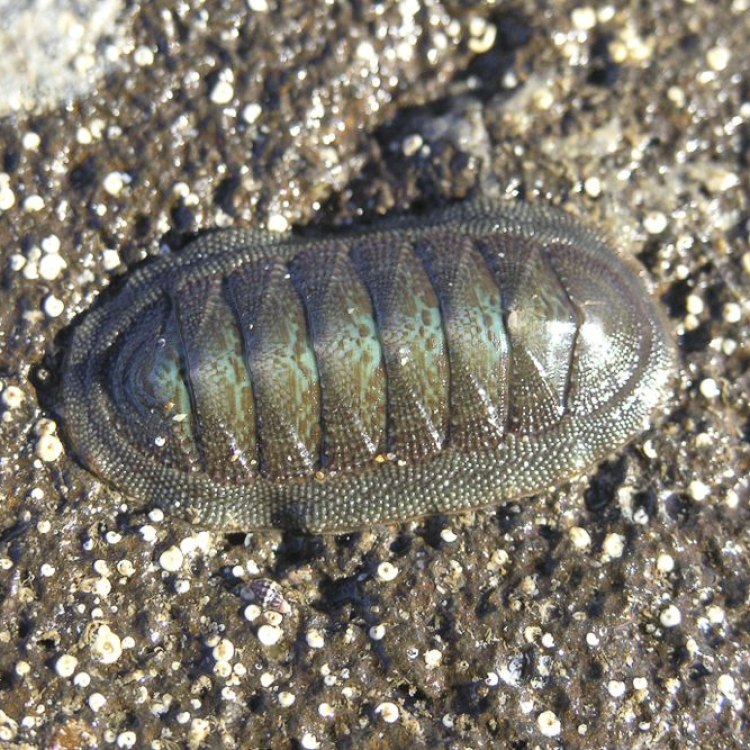
The Remarkable Chiton: An Extraordinary Creature of the Marine World
Disclaimer: The content provided is for informational purposes only. We cannot guarantee the accuracy of the information on this page 100%. All information provided here may change without prior notice.





